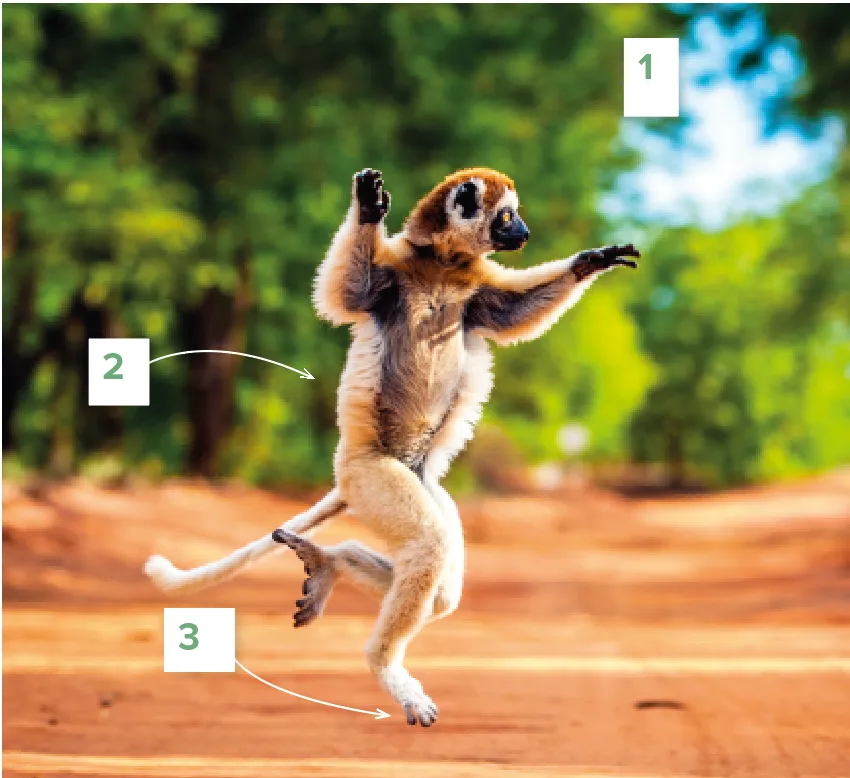Footage of hatchling marine iguanas being attacked by mobs of Galápagos racer snakes in Planet Earth II was a brilliantly shot and edited example of the life-and-death battles that unfold in the natural kingdom every second of every day.
These life-and-death encounters, filled with drama and high stakes, are appealing for many photographers too. Whether it’s a cheetah chasing down a gazelle, or crocodiles picking off wildebeest and zebras as they cross the Mara River, each clash raises the same question: will the predator succeed or will the prey live to see another day? In Tanzania’s Ruaha National Park a few years ago, I witnessed a leopard hunting from the high branches of a sausage tree, bounding down the trunk and pouncing onto an unsuspecting impala.
Hunts are admittedly exciting, yet there is far more to animal behaviour and action shots than chases and kills. There is feeding, resting, playing, grooming and mating.
There are altercations between siblings and the unfolding of other family relationships – a mother cuddled up with her young, or a male bird arriving at a nest with food for his mate. I enjoy seeing family life in action and am always on the lookout for moments of tenderness that I can capture on camera.
One of my favourite memories is of Gelada monkeys on the high plateau of Ethiopia’s Simien Mountains National Park – it was wonderful to watch them grazing, grooming and tumbling over one another.
Watching how animals spend their time is fascinating, as they test or reinforce social hierarchies and learn survival skills. You will discover unique photographic opportunities as well as gain a deeper understanding of wildlife.
It can take luck, time and patience (sometimes days or weeks) to capture memorable behaviour, whether it’s the play-fighting of polar bears, the mating rituals of red-crowned cranes or the squabbling of thrushes on your lawn. But the rewards are compelling images that are far more likely to stand out than still, square-in-the-frame portraits.
It’s also worth looking out for interactions between different species, such as oxpeckers perching on giraffes and buffalos. I once photographed a grey heron hitching a ride on the back of a hippo in Tanzania’s Selous Game Reserve, a peculiar moment that made for a memorable, interesting shot. There’s a lot more to life than death.
Top 3 tips for photographing animals on the move
Understand the habits of your chosen animal
Learn as much as you can about the animal you want to photograph, such as when and where it’s likely to be active. When you find the animal, be patient, observe and study it. Look for moments that differ from its familiar behaviour. The more you study an animal, the more you can predict what it might do, and be ready to shoot standout action shots.
Speed it up
Animals often move fast. To capture their speed in sharp detail, use fast shutter speeds of 1/2,000, 1/3,000 or higher. ‘Blurring’, with slightly slow shutter speeds, can also suggest movement and action. You’ll need to experiment – too slow a speed can result in a blurry mess.
Be prepared
You need to be ready for the action when it happens. That means knowing your camera, rather than messing around with dials as the once-in-a-lifetime wildlife moment passes you by. It helps to test your settings well in advance, taking a few shots to check they are not too bright, too dark, too slow or too narrowly focussed.
Anatomy of a good shot: three key points that make a good image great

Pole position
Photographer Shannon Wild knew that Verreaux’s sifakas leap, dance, hop and bound across open spaces, so she positioned herself in a prime location – a road between two patches of forest – for an uninterrupted shot.
Body shape
The animal is moving towards the light (which is falling on its face), its head is upright and its eyes are looking forward. The photo is taken when its arms are spread, so the face and body aren’t obscured.
Top timing
The shutter-release button was hit at the exact moment that the animal’s feet lifted off the ground, giving a stronger impression of the spring in its step.